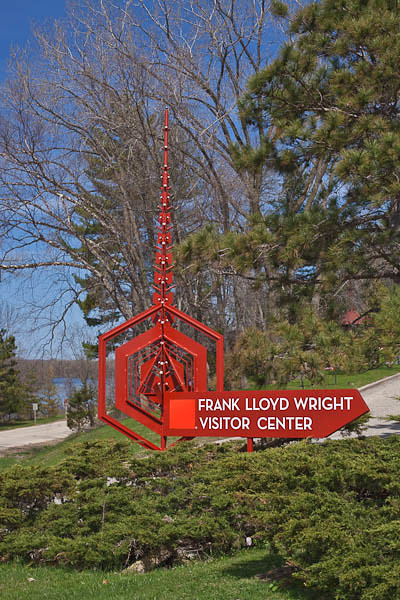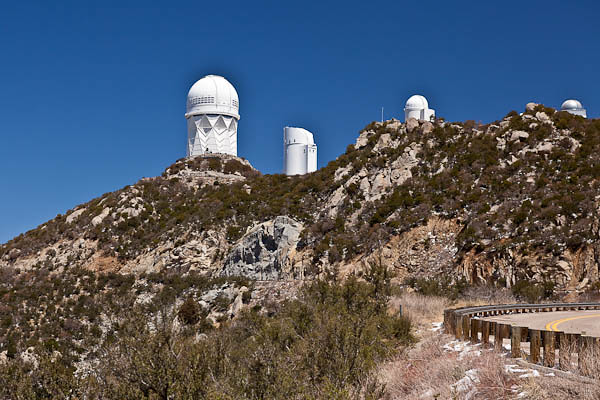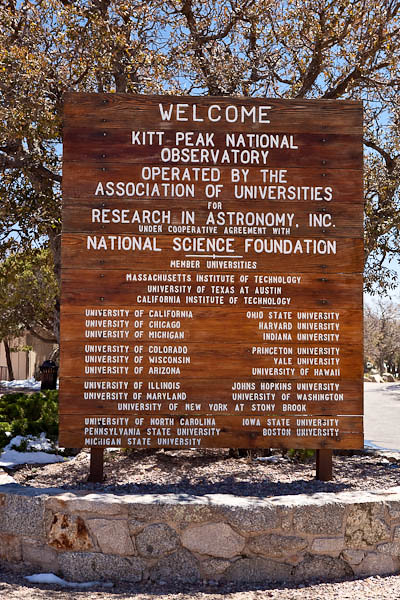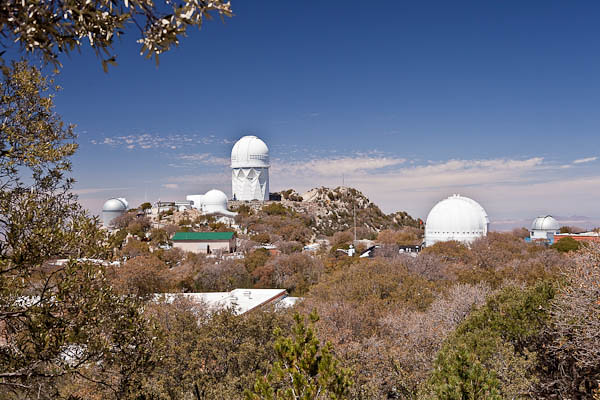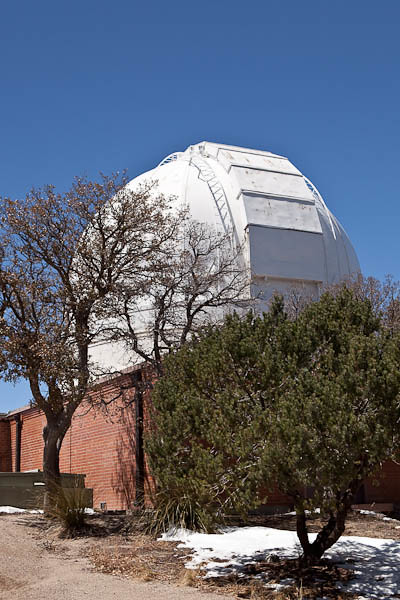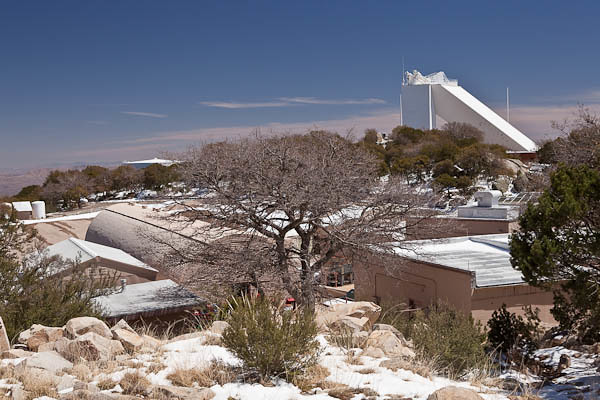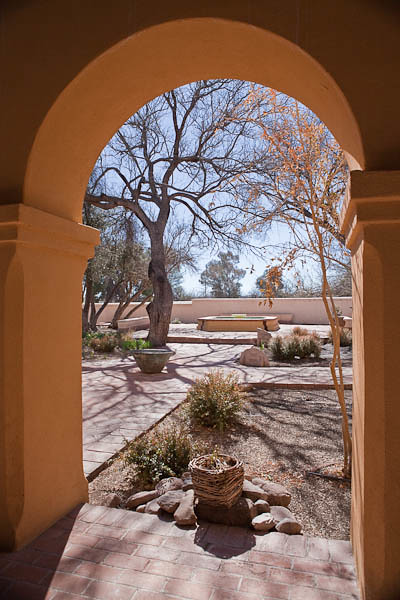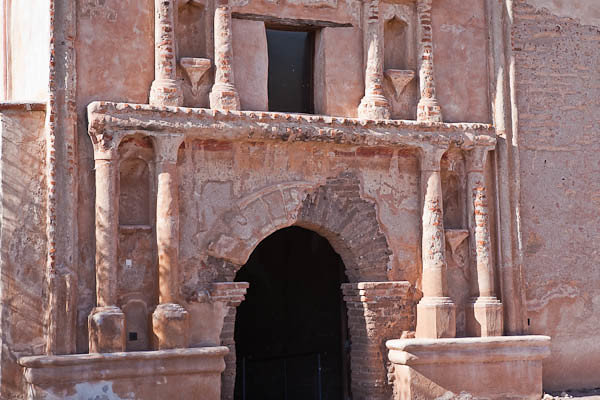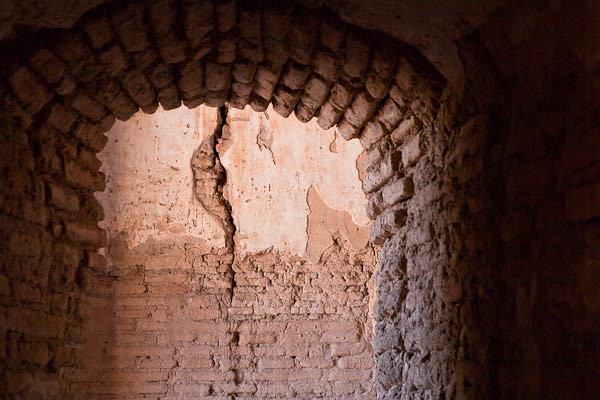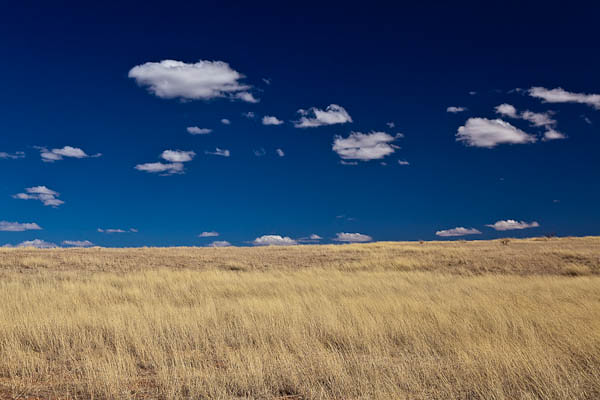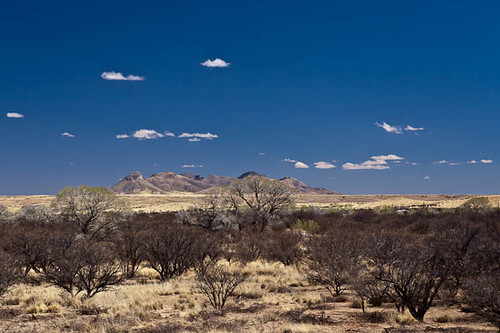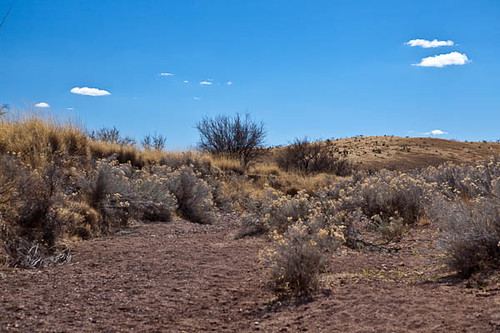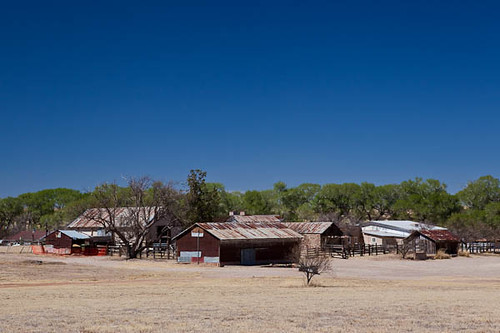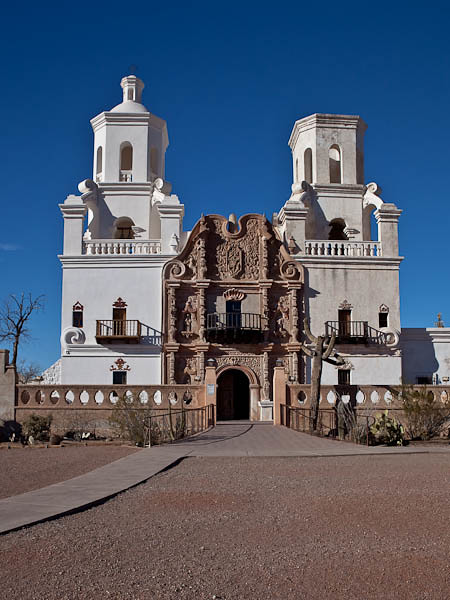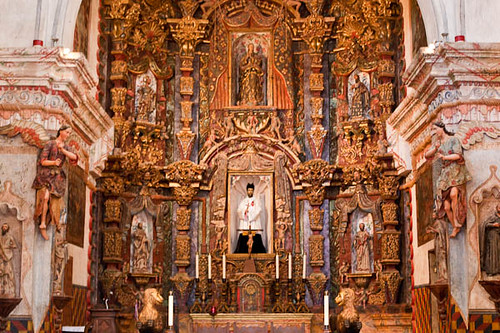Frank Lloyd Wright designed this building, now the Frank Lloyd Wright Visitor Center, in 1953. Wright designed the building, located next to Taliesin, Wright’s summer home, to be the “Gateway to Taliesin.” With a restaurant and meeting rooms, Wright planned to use the center when entertaining his potential clients.
Wright began construction in late 1953, but the building was not completed before his death in 1959. Eventually a former apprentice finished construction and operated a restaurant, the Spring Green, on the premises for over 25 years.
The Wright Foundation purchased the building in 1993 and converted it into a visitor center and bookstore/gift store. A restaurant, the Riverside Terrace Cafe, also operates in the building.
It is also the hub for the Wright building tours in the Spring Green area. All visits to the Wright buildings — Taliesin, the Hillside School that Wright designed for his aunts, the Unity Chapel used by the maternal side of Wright’s family, the Romeo and Juliet Windmill Tower, and Tan-yi-deri, the home Wright built for his sister — leave on bright red buses from the reception area.
The building commands a lovely view, perched on a bluff overlooking the Wisconsin River. The visitor center is open daily to the public from late April through the end of October, and on weekends in November and April. It is located on Wisconsin County Highway C, only a minute’s drive across the Wisconsin River from Spring Green, Wisconsin.
Taliesin, and Wisconsin, are celebrating the centennial of the Taliesin Estate this year with museum offerings and special tours throughout the state. I plan to take photographs of all the Wright buildings in Wisconsin that are open to the public during 2011 in honor of the Centennial. This is the second building in the Wright Centennial series. The Seth Petersen Cottage was the first in the series.
——————
Bo Mackison is a photographer and the owner of Seeded Earth Studio LLC. She will be visiting and taking photographs of all the Wright designed buildings in Wisconsin that are open to the public in 2011.

